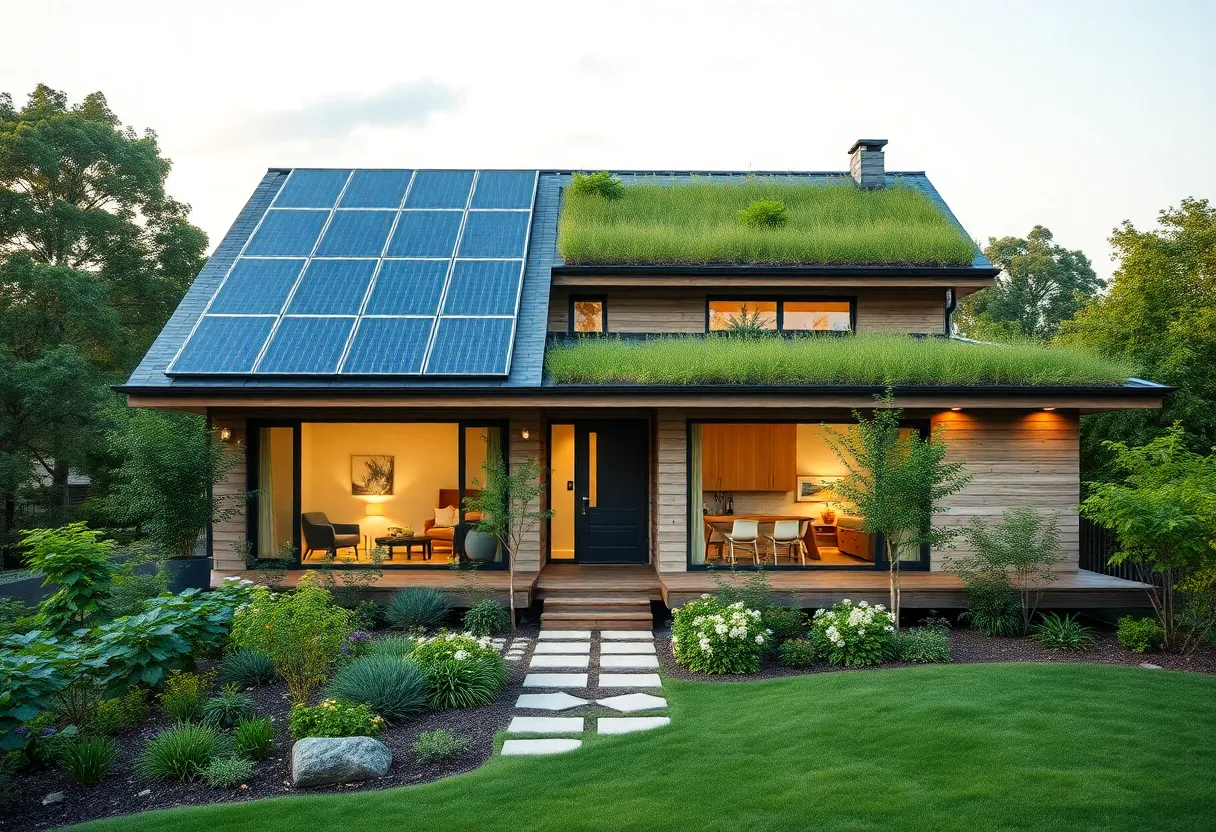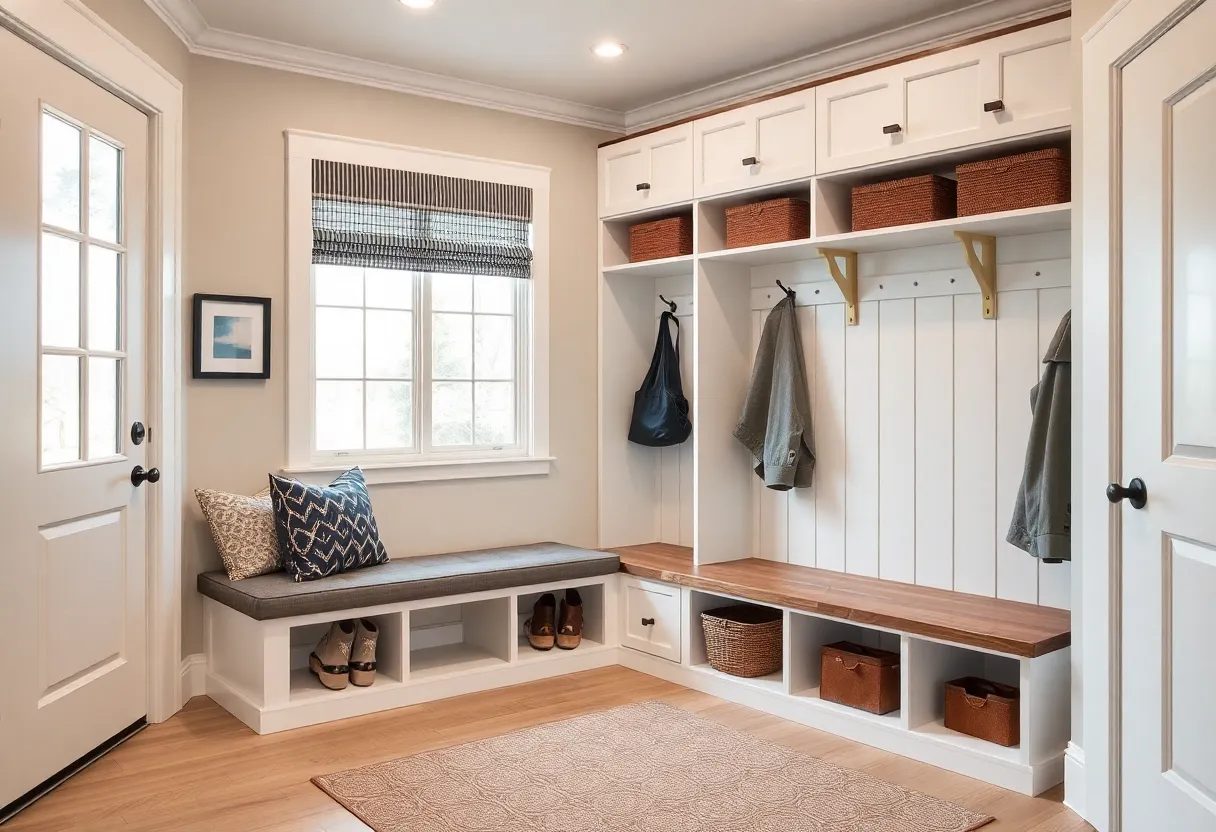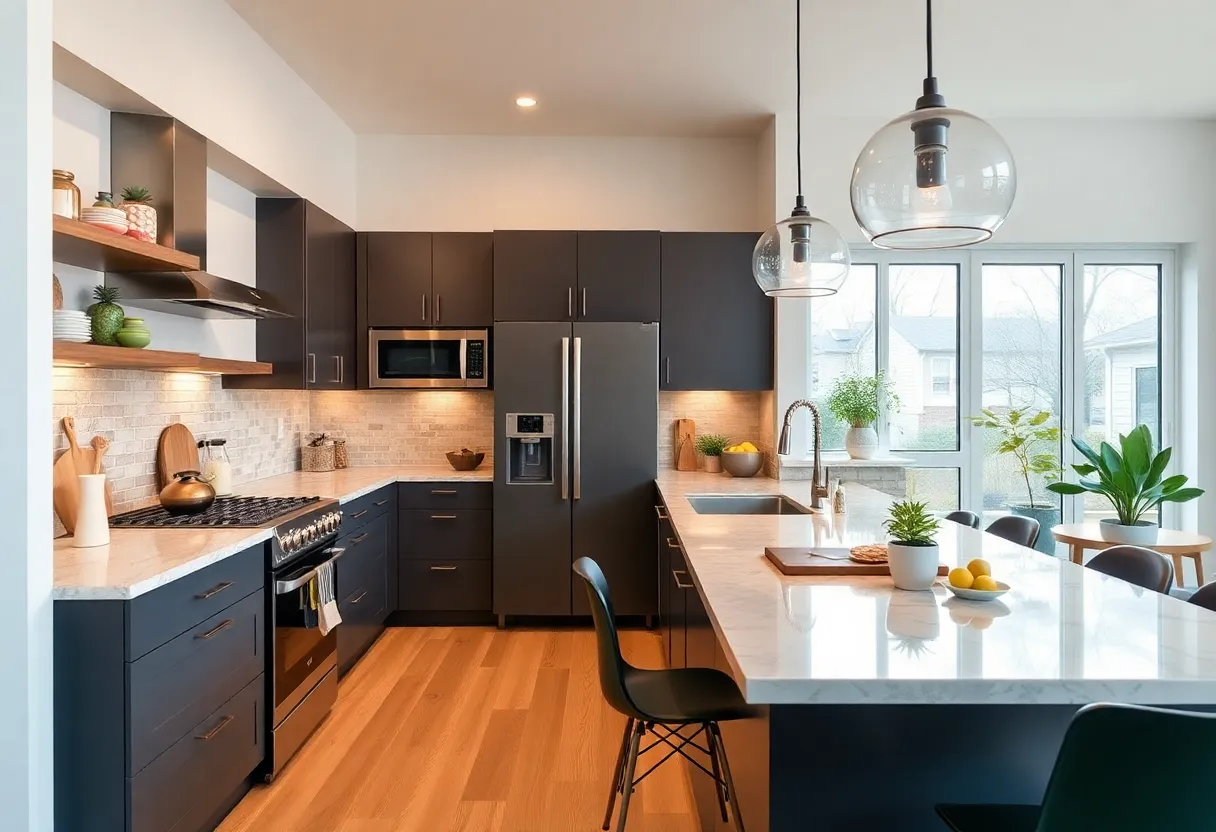What Are the Top 10 Tips for Sustainable Home Design in Your New Build?
Sustainable home design has become an essential consideration in modern construction. Building a new home with sustainability at its core not only benefits the environment but also enhances energy efficiency, reduces long-term costs, and improves occupant well-being. Implementing the right strategies from the outset is crucial for achieving these goals. Here, we explore the top 10 tips that can guide you in designing a truly sustainable new build.
1. Prioritize Passive Design Principles
Passive design seeks to maximize natural energy sources, minimizing reliance on mechanical systems. Key elements include:
- Orientation: Position the building to optimize sunlight exposure. South-facing windows in the Northern Hemisphere gather solar heat in winter, reducing heating needs.
- Thermal Mass: Incorporate materials like concrete or brick that absorb and slowly release heat, stabilizing indoor temperatures.
- Natural Ventilation: Design for cross-ventilation through strategically placed windows and vents to facilitate airflow and cooling without energy use.
Implementing these principles results in an energy-efficient home that maintains comfort naturally, significantly decreasing utility bills and carbon footprint.
2. Use High-Performance Insulation and Windows
Quality insulation and modern glazing are paramount. They ensure minimal heat transfer, maintaining stable indoor conditions.
- Insulation: Invest in insulation with high R-values in walls, roofs, and floors. Consider advanced materials like spray foam or structural insulated panels.
- Windows: Opt for double or triple-glazed windows with low-emissivity coatings. Properly sealed and constructed windows prevent heat loss and gain, improving overall energy efficiency.
{{$Tip: Focus on airtight construction alongside insulation to prevent drafts and energy wastage.
3. Select Sustainable, Low-Impact Building Materials
Material choice influences the environmental footprint and indoor health quality. Favor:
- Locally sourced materials: Reduce transportation emissions and support local economies.
- Recycled or reclaimed materials: Minimize landfill waste and resource extraction.
- Low-VOC products: Improve indoor air quality and reduce health risks.
Examples include FSC-certified timber, recycled steel, and eco-friendly insulation products.
4. Incorporate Renewable Energy Sources
Integrating renewable energy reduces dependency on fossil fuels. Options include:
- Photovoltaic solar panels: Generate electricity directly from sunlight.
- Solar thermal collectors: Provide hot water for domestic use.
- Small wind turbines: Suitable for locations with consistent wind patterns.
Tip: Size your renewable systems appropriately for your energy needs and local climate conditions. Consider future scalability for increased capacity.
5. Design for Water Conservation and Management
Water efficiency is integral to sustainability. Strategies include:
- Low-flow fixtures: Reduce water use without sacrificing performance.
- Rainwater harvesting: Collect and reuse rainwater for landscaping or non-potable uses.
- Green roofs and permeable pavements: Enhance stormwater management and reduce runoff.
Proper water management not only conserves resources but also reduces strain on municipal systems and mitigates flooding risks.
6. Optimize Energy Efficiency through Smart Technologies
Smart home systems enable precise control over energy consumption. Key components include:
- Programmable thermostats: Adjust heating and cooling based on occupancy patterns.
- Lighting controls: Use motion sensors or timers to reduce unnecessary lighting.
- Home automation: Integrate systems for seamless energy management and monitoring.
These technologies promote efficiency, comfort, and real-time insights into energy usage, facilitating ongoing sustainability improvements.
7. Plan for Long-Term Durability and Flexibility
Sustainable design emphasizes durability and adaptability. Consider:
- Resilient materials: Resistant to weathering and pests, reducing maintenance and replacement costs.
- Flexible layouts: Enable future modifications without major reconstruction, extending the lifespan of your home.
- Design for climate resilience: Prepare for local challenges such as flooding, heatwaves, or storms.
This forward-thinking reduces environmental impact and promotes long-lasting usability.
8. Favor Compact and Efficient Floor Plans
Smaller, well-organized spaces reduce energy consumption and material use. Principles include:
- Efficient zoning: Group shared spaces to minimize heating and cooling zones.
- Open floor plans: Maximize natural light and airflow, reducing artificial lighting needs.
- Multifunctional spaces: Design rooms that serve multiple purposes, decreasing overall square footage.
A compact design aligned with sustainability reduces environmental impact while providing functional living environments.
9. Establish Sustainable Landscaping
The landscape design should complement the home’s eco-friendly objectives. Strategies involve:
- Native plants: Require less water, fertilizers, and pesticides.
- Water-efficient irrigation: Use drip systems and timers to minimize waste.
- Green barriers: Plant trees or shrubs to provide shade, windbreaks, and habitat, reducing energy use and supporting biodiversity.
Resilient landscaping enhances overall sustainability and the comfort of your living environment.
10. Engage in a Whole-Systems Approach
Effective sustainable design considers the integration of all building components and systems. This approach entails:
- Holistic planning: Early collaboration among architects, engineers, and specialists to create harmonious solutions.
- Lifecycle thinking: Assess environmental impacts from construction to deconstruction.
- Energy and resource modeling: Use simulation tools to optimize design choices for performance and efficiency.
By viewing the project as an interconnected system, you enhance overall sustainability and ensure the longevity of your investment.
Conclusion
Sustainable home design in new builds requires deliberate planning and informed decision-making. By prioritizing passive design, high-performance materials, renewable energy integration, water conservation, smart technologies, durability, efficient layouts, eco-friendly landscaping, and a holistic approach—homeowners can significantly reduce environmental impact.
Implementing these ten tips creates not only an environmentally responsible residence but also one that is cost-effective, resilient, and comfortable for years to come.
Author: STAFF HERE WASHINGTON DC
The WASHINGTON DC STAFF WRITER represents the experienced team at HEREWashingtonDC.com, your go-to source for actionable local news and information in Washington, DC, and beyond. Specializing in "news you can use," we cover essential topics like product reviews for personal and business needs, local business directories, politics, real estate trends, neighborhood insights, and regional news affecting the area—with deep expertise drawn from years of dedicated reporting and strong community input, including local press releases and business updates. We deliver top reporting on high-value events such as the National Cherry Blossom Festival, Kennedy Center Honors, and the Washington Auto Show. Our coverage extends to key organizations like the Greater Washington Board of Trade and Destination DC, plus leading businesses in government contracting and technology that power the local economy such as Lockheed Martin and Amazon. As part of the broader HERE network, we provide comprehensive, credible insights into the dynamic landscape of the Washington metropolitan area.





